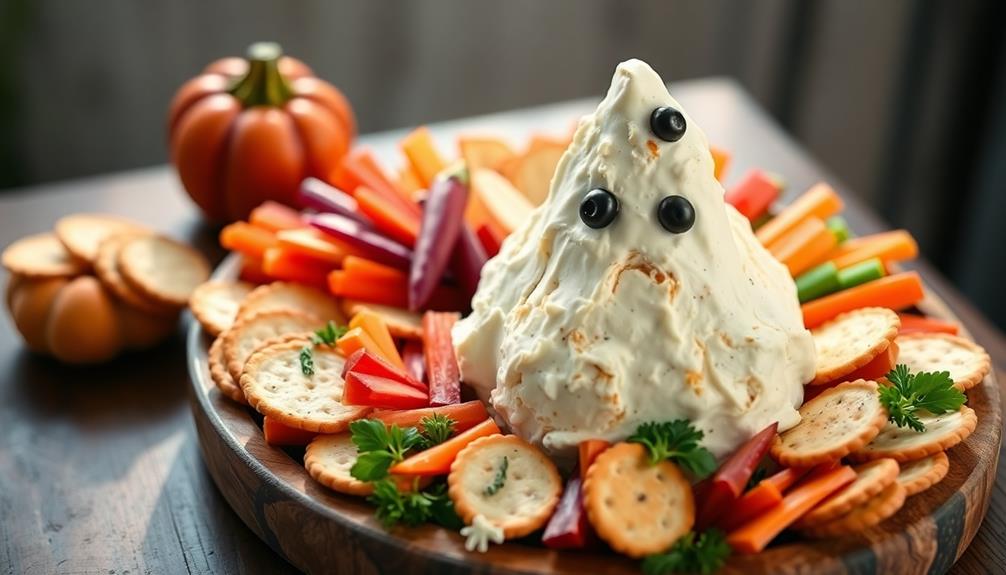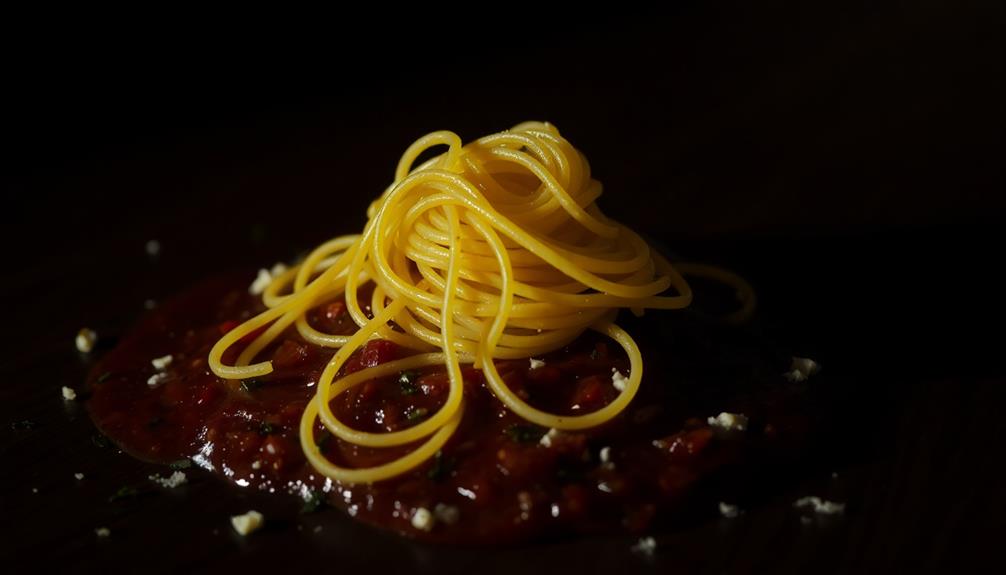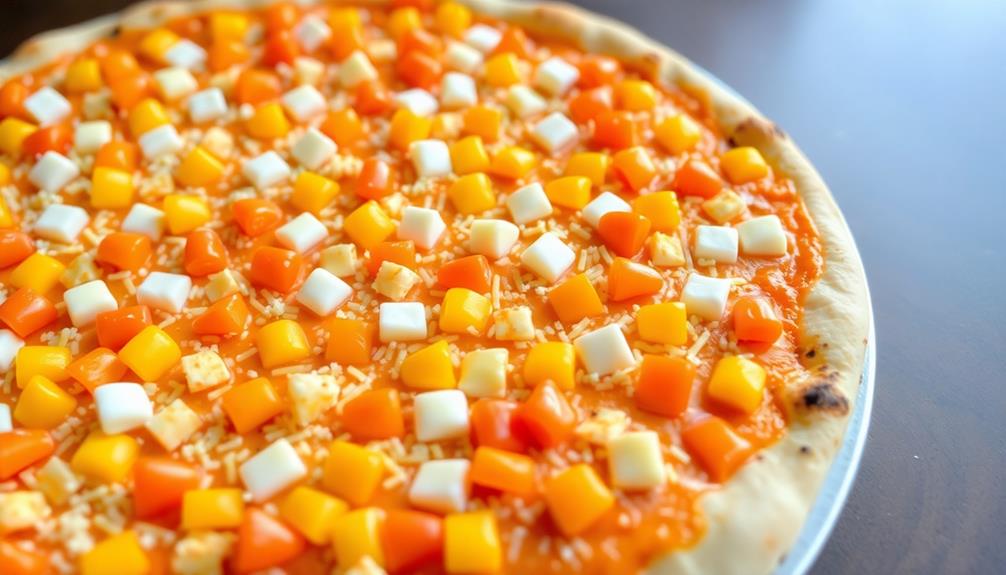Background noise in restaurants can really mess with your taste perception. When it's loud, you might find your food tasting less sweet or salty, which can ruin your meal. Studies show that popular spots often hit noise levels that distract from enjoying flavors. As a result, you might crave energy-dense foods instead. Notably, higher pitch sounds can enhance sweetness, while lower pitches make flavors seem bitter. To improve your experience, restaurants are now focusing on acoustic solutions. Curious about how these changes impact your next dining experience? There's more to discover about the connection between sound and flavor.
Key Takeaways
- Loud background noise reduces taste perception, making food seem less sweet or salty, impacting overall enjoyment.
- Noise distracts diners from sensory qualities, leading to diminished appreciation of flavors and mood.
- Higher pitch sounds enhance sweetness perception, while lower pitches amplify bitterness, affecting flavor experiences.
- Increased noise levels can distort flavor, with sweetness and saltiness being particularly overlooked in loud environments.
- Pleasant background music can elevate food enjoyment, increasing consumption rates and overall satisfaction in dining experiences.
Impact of Noise on Dining
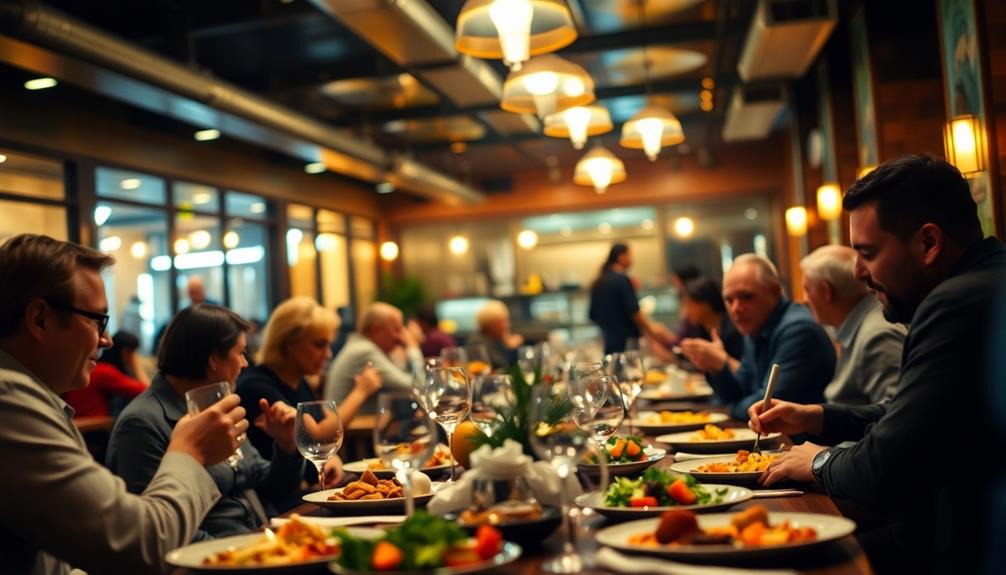
When you step into a bustling restaurant, the noise can hit you like a wave, affecting your dining experience more than you might realize. Loud background noise can greatly lower your taste perception, making your food seem less sweet or salty.
Studies show that popular restaurants often reach noise levels of 94-102 dB, which distracts from your enjoyment of flavors. Instead of savoring your meal, you might find yourself overwhelmed by the chaotic ambiance. For instance, when enjoying dishes like Red-Braised Pork Belly, the rich flavors can be overshadowed by the din of conversation and clattering dishes.
Interestingly, increased noise levels can heighten your perception of crunchiness, making crispy foods feel fresher. However, this doesn't compensate for the loss of sweetness and saltiness. The psychological effects of such environments may even push you to crave sweeter, energy-dense options as a response to the stress induced by the noise.
It's no wonder that noise ranks as the second most common complaint among diners, just behind poor service. The clamor can warp your overall food enjoyment, transforming what could be a delightful meal into a frustrating experience.
Acoustic Design Solutions

Many diners overlook the importance of acoustic design in restaurants, yet it plays a vital role in enhancing the overall experience. High noise levels can detract from your enjoyment of a meal, making it difficult to appreciate the nuanced flavors of dishes like Nettle and Potato Soup, which rely on a serene environment to shine.
Effective acoustic treatments can create a more pleasant atmosphere. To achieve this, restaurants often utilize soft materials like carpets and curtains, which absorb sound and reduce ambient noise.
Installing fiberglass panels and other acoustic treatments on walls and ceilings is fundamental for mitigating high-frequency noise, helping to balance the sound in dining environments.
When restaurants invest in soundproofing, they often see a boost in restaurant sales—sometimes by as much as 20%. This significant return on investment highlights how vital acoustic design is for customer satisfaction.
Modern restaurant designs increasingly incorporate sound engineers who tailor acoustic environments to guarantee a harmonious blend of ambiance and noise levels.
By creating spaces that prioritize sound management, you'll find that your food perception improves, allowing you to fully savor the flavors of your meal.
Psychological Effects on Taste

Background noise in restaurants can considerably alter your taste perception, affecting how you enjoy your meal. When you're surrounded by loud environments, your mood can dip, which distorts your sensory experiences.
For instance, the enjoyment of sweet dishes like Dorayaki (Red Bean Pancake) may diminish in noisy settings. You might find yourself favoring energy-dense or sweeter foods, as stress responses kick in, skewing your flavor discernment.
Here are three psychological effects of background noise on taste:
- Reduced Appreciation: High noise levels distract you from the sensory qualities of your meal, diminishing your appreciation for its taste, aroma, and texture.
- Flavor Distortion: Studies show that in noisy settings, you're more likely to overlook specific flavors, especially sweetness and saltiness, while you might become more aware of crunchiness.
- Altered Consumer Behavior: Background noise influences not just your food enjoyment but also shapes your overall dining experience, leading to different choices and preferences.
Ultimately, the interplay between auditory channels and taste perception can considerably impact your meal.
Sound and Flavor Pairing
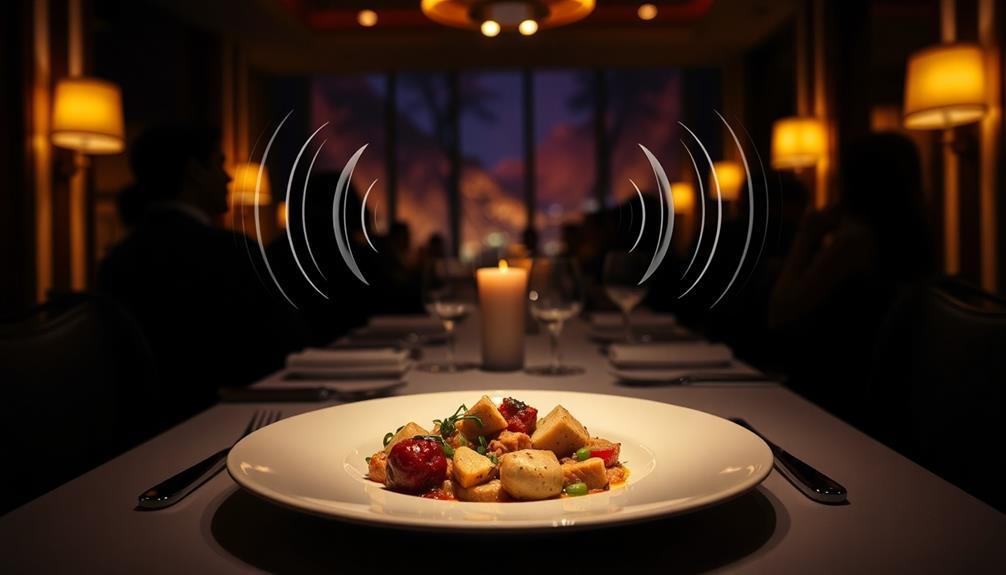
The relationship between sound and flavor is more intricate than you might realize. Research shows that higher pitch sounds can enhance sweetness, while lower pitch sounds amplify bitterness. This means that the auditory landscape around you can directly influence your taste perception.
When you dine, the music or background noise plays a significant role in shaping your experience. For instance, the subtle notes of a string quartet could complement the delicate flavors of traditional stuffed pasta like agnolotti, enhancing your appreciation of the dish.
Studies reveal that congruent soundtracks can elevate the enjoyment of specific food characteristics, like spiciness or sweetness, greatly affecting consumer preferences. Strategic sound design in restaurants isn't just about ambiance; it can actually enhance your overall dining experience. Pleasant background music can increase consumption rates and satisfaction levels, transforming a meal into something memorable.
If the auditory elements in a restaurant align with the flavors of the food, you might find that your taste buds respond more favorably. So, next time you enjoy a meal, pay attention to the sounds surrounding you. They might be doing more than just setting the mood—they're actively shaping how you perceive flavors and enjoy your dining experience.
Trends in Noise Management

Noise management has become an essential focus for restaurants aiming to enhance the dining experience. With background noise often reaching 90 dB during peak times, diners frequently voice complaints.
To combat this, restaurants are adopting innovative noise reduction strategies that not only improve customer satisfaction but also boost food sales, especially in environments where dishes like loaded baked potatoes are served, as the enjoyable atmosphere can enhance the overall taste experience.
Here are three key trends in noise management:
- Architectural Innovations: Contemporary restaurant designs incorporate soft materials like carpets and acoustic panels to absorb sound, creating a more pleasant dining atmosphere.
- Collaboration with Sound Engineers: Many establishments are now working with sound specialists to develop tailored acoustic environments that support enjoyable conversations, aligning with changing consumer preferences for quieter venues.
- Proactive Construction Techniques: Implementing noise reduction strategies during the construction phase is proving beneficial, with some restaurants experiencing sales increases of up to 20%.
Frequently Asked Questions
How Does Sound Change Our Perception of Taste?
Sound influences your taste perception by altering how you experience flavors. Different pitches or types of music can enhance sweetness or saltiness, while distracting noises might mask subtle tastes, changing your overall sensory experience during meals. This phenomenon extends beyond music, as other environmental factors, like ambient soundscapes, can similarly sway your taste perceptions. Interestingly, natural patterns such as lunar cycles and shellfish taste are also interconnected, with studies suggesting that the moon’s phases may subtly influence the flavor profiles of certain seafood. Combined, these sensory and environmental factors demonstrate the intricate ways external elements shape our dining experiences.
How Does Noise Affect the Perception of Food and Drink?
Noise can distort your perception of food and drink, making flavors seem less vibrant. You might find it harder to taste sweetness or saltiness, which can lead you to order more in louder environments.
Can Sound Change the Taste of Food?
Imagine munching popcorn at a raucous theater; sound can indeed change how you taste food. Loud noises might dull sweetness and saltiness, while certain sounds can enhance crunchiness, transforming your overall dining experience.
What Is the Correlation Between Sound and Taste?
You'll find that sound and taste share a fascinating correlation. Your brain processes these senses together, impacting how you perceive flavors. Changes in auditory stimuli can alter your taste experiences, making meals more enjoyable or less.
Conclusion
In the bustling atmosphere of a restaurant, it's easy to overlook how background noise shapes your dining experience. Remember, "you eat with your ears as much as your mouth." By understanding the interplay between sound and taste, you can make more mindful choices about where to dine and how to enjoy your meals. With better acoustic design and noise management, you can savor every bite, transforming your meal into a truly delightful experience.



